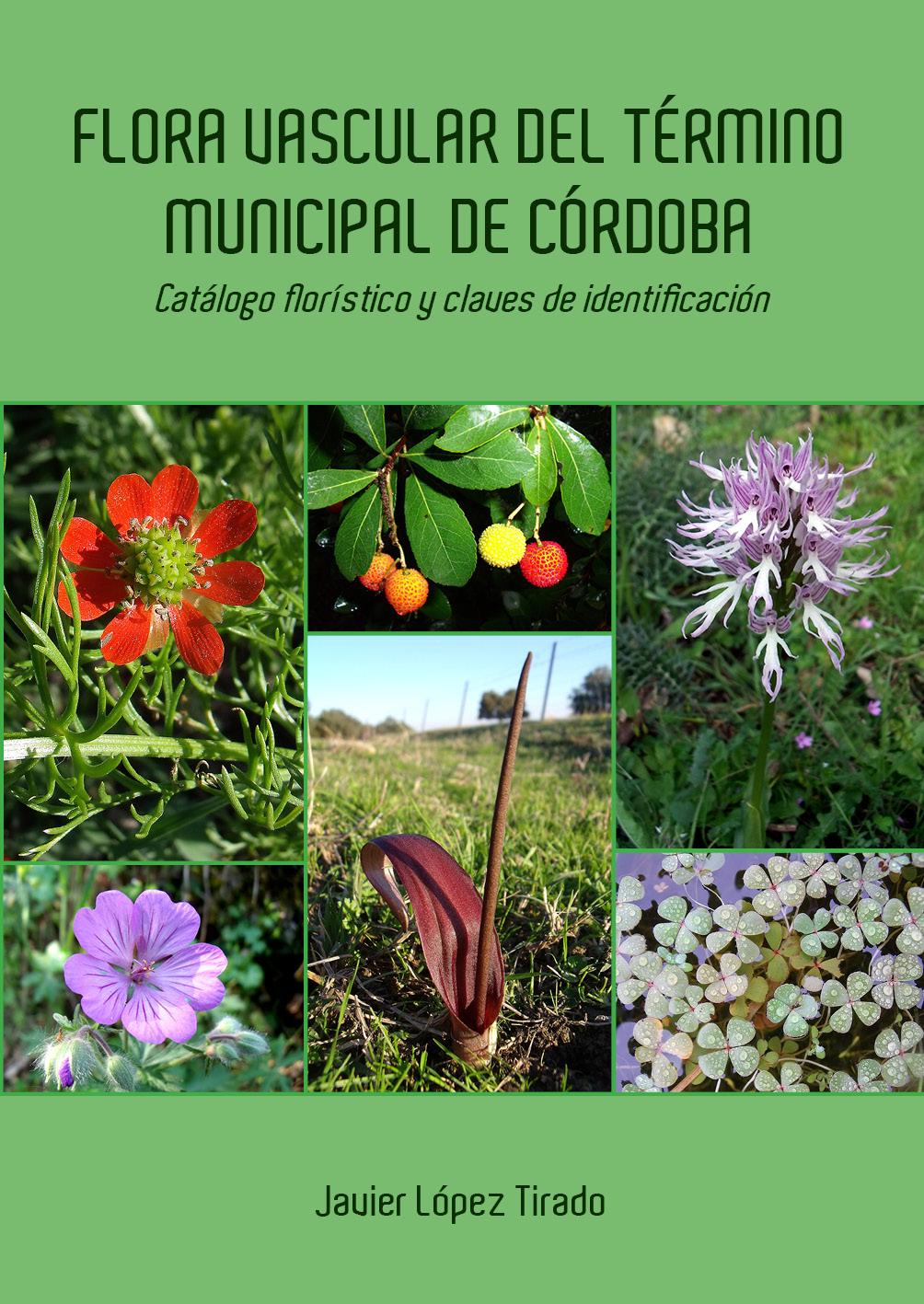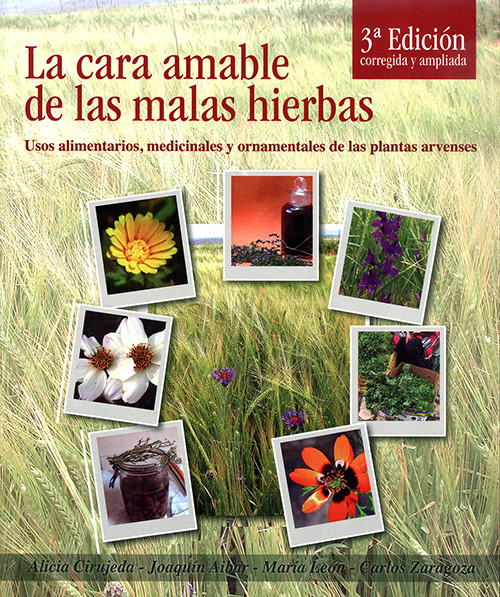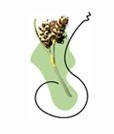Orchids of Central Spain (Cuenca Province). A Field Guide
30,00 €
First field guide to wild orchids found in central Spain published in English. Keys for the identification of genera and species and 230 colour photos
Sin existencias
Descripción
Agustín Coronado Martínez & Eduardo Soto Pérez (2019)
Language: English. Translated by Chrissi Harris
Collection: Essential Guides of Flora, nº 2
Paperback, 14.8 x 21 cm, 244 COLOUR pages
Edited by: Jolube Consultor Botánico y Editor, Jaca (Spain)
ISBN: 978-84-947985-2-8
Date of edition: Mars, 2019.
VERSIÓN EN ESPAÑOL DISPONIBLE 🇪🇸
30.00€ + envío. Buy the PAPER edition (on Quares external website, print on demand – POD)
Orchids of Central Spain (Cuenca Province). First field guide to wild orchids found in central Spain (Cuenca province) published in English.
Why a field guide of wild orchids of Central Spain? Our Serranía mountain range is one of the most densely populated in orchid species in the whole of the Iberian Peninsula, and we are delighted to be able to demonstrate that Cuenca’s well-preserved natural environment attracts orchid specialists from all over Europe.
The orchid family is one of the most attractive and original in the vegetable kingdom. As a recent evolutionary group, it emerged when most of the ecological niches were already occupied, which is more than likely the reason for many of its very interesting evolutionary adaptations: its opportunism, the millionaire production of seeds, its imperious need for mycorrhization and its very unique way of ensuring pollination thanks to a sophisticated flower that is particularly attractive to insects.
This field guide offers the following information:
Keys for the identification of genera and species accompanied by more than 230 colour photos to assist in their identification. Double-page spreads for the 57 species found in Cuenca (in addition to a selection of adjacent species), which include a corresponding distribution map with 1 km UTM grids, with a detailed description – emphasizing the diagnostic characters – etymology, habitat, flowering, known pollinators, accompanying orchids, hybrids, chromosomal numbers, synonyms, and photos of detail and size.
There is a chapter dedicated to the description of the three natural landscapes of Cuenca, their different types of habitat, with a review of the rare and protected and the presence of orchids in each one of them.
There are also sections dedicated to the phenology of the 57 species, and the general biology, morphology, anatomy and phenology of terrestrial orchids. Illustrative graphics, drawings and diagrams are included.
Further chapters cover the curious relation between fungi and orchids; particularities of orchid cultivation; the evolution of the family; the amazing mechanisms of pollination; hybrids and certain anomalies; protection and conservation of orchids; curiosities; the list of locations that has served to make distribution maps; a lexicon and a glossary of terms used in the literature on orchids; a complete agenda with addresses of interest on the web; and, finally, a bibliography and index of scientific names, including synonyms.
Erster Feldführer für wilde Orchideen in Zentralspanien (Provinz Cuenca), veröffentlicht auf Englisch.
Warum ein eigener Feldführer für die natürlichen Orchideen in Mittelspanien (Provinz Cuenca)? Unser Serrania-Gebirge ist eine der am dichtesten mit unterschiedlichen Drehideenarten besiedelten Regionen der gesamten Iberischen Halbinsel. Wir freuen uns, Ihnen zeigen zu können, dass Cuencas gut erhaltene Naturlandschaft Orchideenspezialisten aus ganz Europa anzieht.
Der Feldführer für wilde Orchideen in Zentralspanien bietet die folgenden Informationen
Schlüssel zur Identifizierung der Gattungen und Arten, begleitet von mehr als 230 Farbfotos, um deren Identifizierung zu erleichtern. Doppelseiten für die 57 in Cuenca gefundenen Arten (zusätzlich zu einer Auswahl benachbarter Arten), die eine entsprechende Verbreitungskarte mit 1 km-UTM-Gittem enthalten, mit einer ausführlichen Beschreibung, welche die diagnostischen Merkmale betont. Außerdem: Etymologie, Lebensraum, Blüte, bekannte Bestäuber, begleitende Orchideen, Hybriden, Chromosomenzahlen, Synonyme und detailsowie maßstabgenaue Größenfotos.
Es gibt ein Kapitel, das der Beschreibung der drei Nat.~rlandschaften von Cuenca und ihren verschiedenen Lebensraumen gewidmet ist. Es enthält eine Übersicht über alle seltenen und geschützten Orchideen.Es gibt auch Abschnitte über die Blütezeiten der 57 Arten sowie ihre allgemeine Biologie, Morphologie, Anatomie und Phanologie der terrestrischen Orchideen.Grafiken, Zeichnungen und Diagramme ergänzen die Darstellungen.
Weitere Kapitel behandeln dle Beziehungen zwischen Pilzen und Orchideen. Besonderheiten des Orchideenanbaus, die Entwicklung der Familie, die erstaunlichen Mechanismen der Bestäubung, Hybriden und bestimmte Anomalien, Schutz und Konservierung von Orchideen, Kuriositäten, die Liste der Standorte, die zur Erstellung von Verbreitungskarten gedient haben, ein Lexikon und ein Glossar mit Begriffen, die In der Orchideenliteratur verwendet werden, eine vollständige Agenda mit interessanten Adressen im Internet, und schließlich eine Bibliographie und ein Verzeichnis der wissenschaftlichen Namen einschließlich der Synonyme.

AUTHORS:
Agustín Coronado Martínez is PhD in Biological Sciencies.
Eduardo Soto Pérez, is Degree in Biological Sciences.
Información adicional
| Peso | 0,510 kg |
|---|
Debes acceder para publicar una valoración.
























Valoraciones
No hay valoraciones aún.